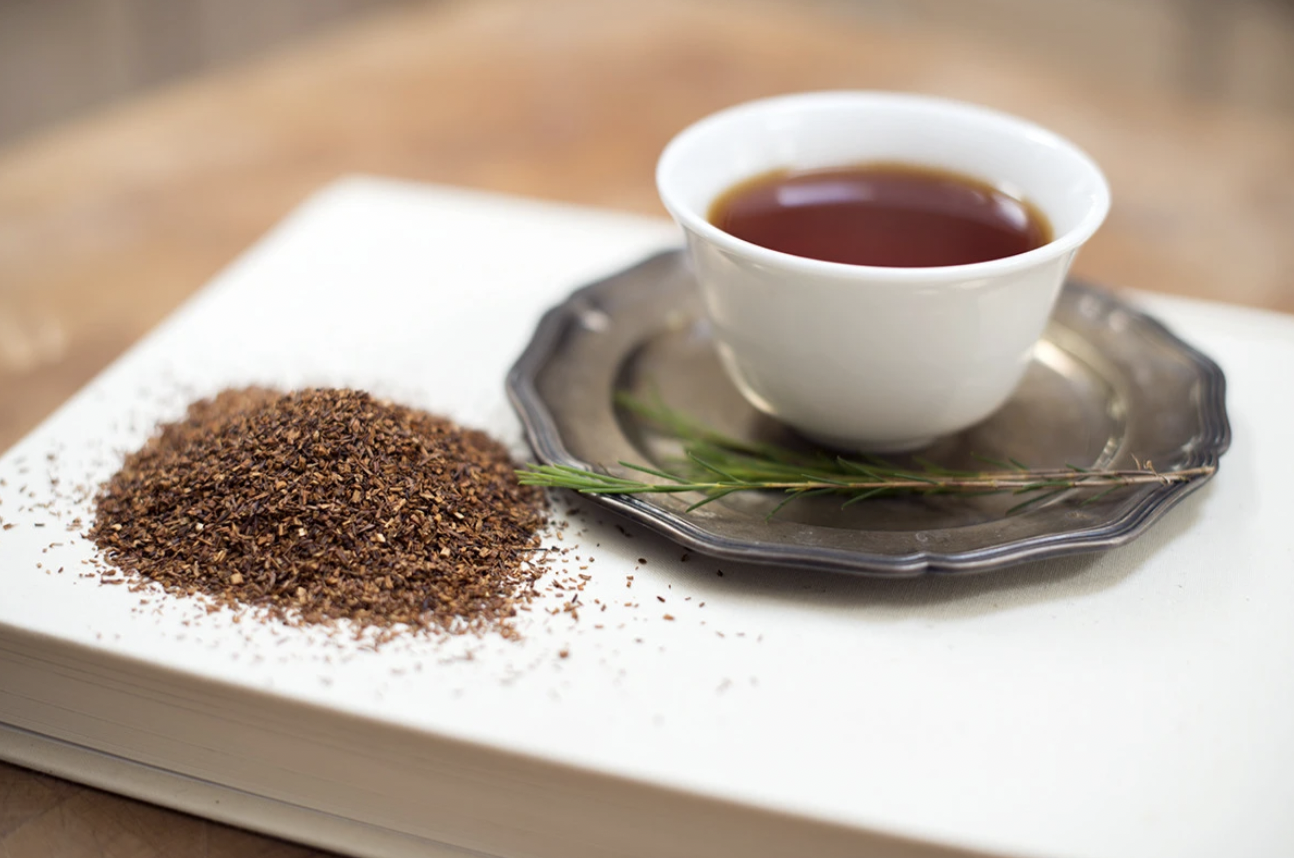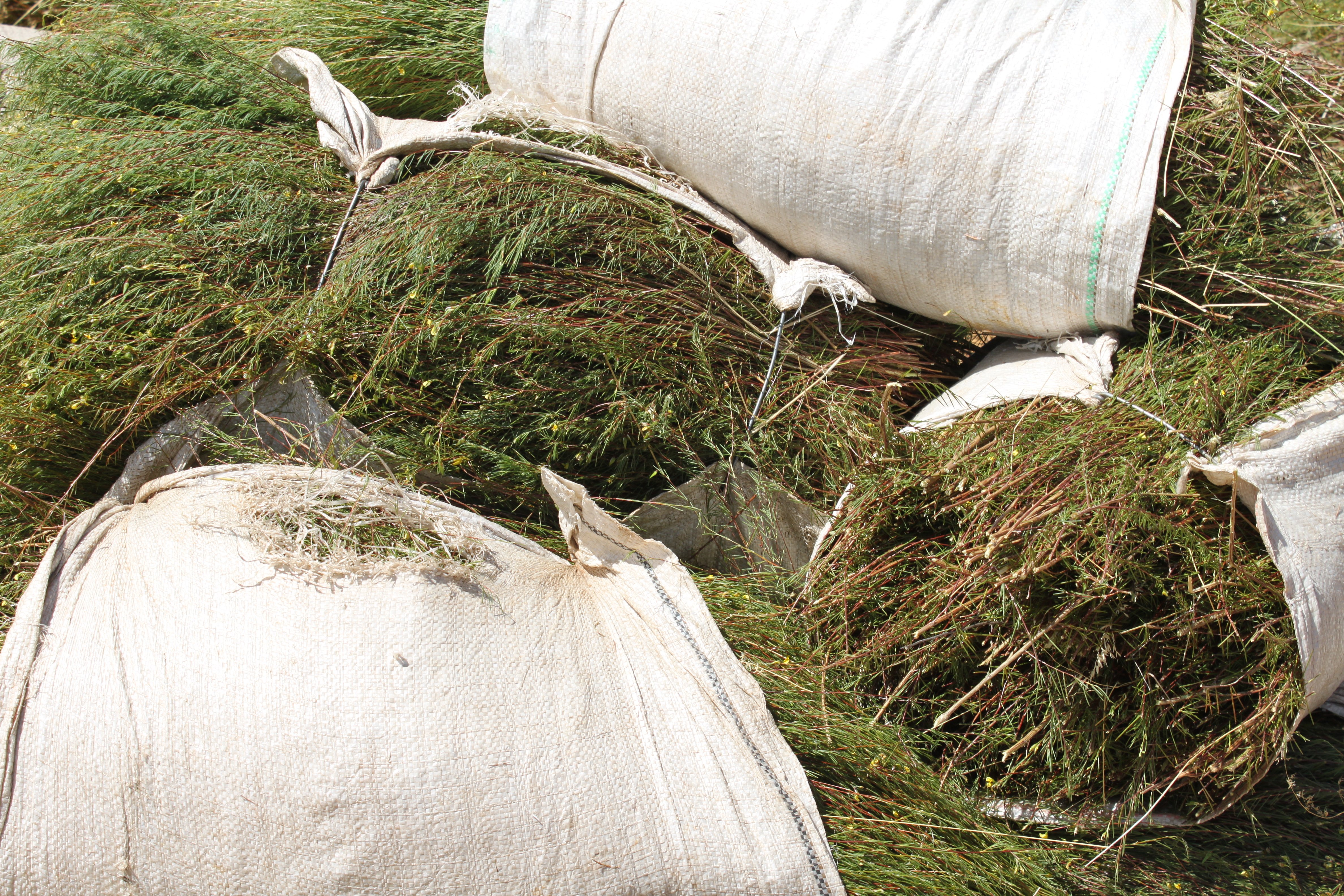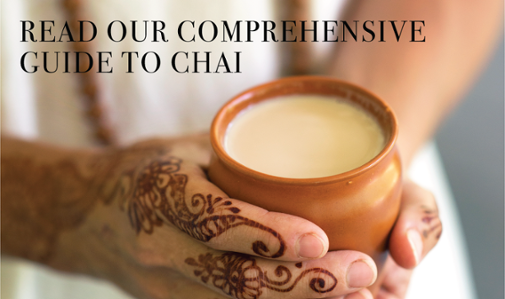Originally published 5.12.21. Updated 5/17/22.
Native to South Africa, Rooibos - also called Redbush - is an evergreen shrub from the Cederberg Mountains, a vast wilderness area just outside of Capetown. It is from a native species, Aspalathus linearis, that grows wild in that area. Characterized by and known for its honey-sweet taste, rooibos also has a pleasant flavor and is full-bodied and full of health benefits.

History of Rooibos
Locals within the Cederberg region have been harvesting and brewing naturally grown rooibos for centuries. South Africa remains the only country in the world to produce rooibos. The country boasts some 450 growers who produce some 15,000 tons of rooibos annually. Because rooibos is actually a herb by definition, it is caffeine-free, which makes it a great alternative to traditional tea or coffee when caffeine is an issue.
The intrinsic value of rooibos was noted first by indigenous Bushmen who, for centuries consumed the tea as a delicious-tasting herbal remedy that treated a number of ailments. Discovered again later by a botanist, Carl Humberg, interest in the tea grew again. Also known as Mountain Tea, the herb slowly climbed in popularity because of its tremendous health benefit and naturally sweet taste. During WWII, as tea from China became scarce, the demand for rooibos blossomed. Then in 1968, Annique Theron - a mother from South Africa - had an infant with allergies. She claimed that feeding her baby rooibos tea helped soothe her baby’s colic. She published a book, “ROOIBOS: An Amazing Discovery” and the popularity of the tea was off and running.

What Rooibos Looks Like And How It Tastes
Rooibos is often nicknamed red tea or red bush tea. It is oxidized by being sun-dried, and it is during this drying process that the leaf turns red, hence the name. However, it can also be steeped green. When the leaves are green, the tea is called green rooibos. This variety of green tea tastes a bit differently, it is more vibrant and fresh than its sweeter, red counterpart which tastes more like caramel. The rooibos taste is smooth, sweet and refreshing, and is as delicious iced as it is hot.

How Rooibos Tea Leaves Are Processed
Rooibos, despite efforts to the contrary, continues to thrive only in the South African climate. For that reason, the tea is rare. To harvest the bushy plant, stems are hand-cut and then bound into bundles. After this process, the bundles are then sorted and cut or bruised, which encourages oxidation. The more oxidized the leaves, the sweeter flavor and the redder the color. To achieve the aforementioned green color, the harvested leaves are steamed and then dried immediately instead of going through oxidation. In general, the more flavorful the tea, the more leaves are utilized in its creation in preference to the dust or stem part of the plant.

Health Benefits of Rooibos
There are many benefits derived from rooibos tea, two of which are outlined below:
1. High in Antioxidants
Rooibos is so high in vitamins, minerals, and antioxidants that the indigenous Khoisan people say it both “preserves the youth and gladdens the heart.” It can even help nursing mothers who are struggling with a low milk supply. Another benefit of high antioxidant levels is an improvement in overall heart health. This could be because the tea can, in some cases, improve bad cholesterol while boosting good cholesterol, which of course is related to overall heart health and function. The green variety of rooibos has slightly higher levels of antioxidants, but both varieties are packed with vitamins and nutrients.
2. Helps the Skin
Rooibos is also incredibly good for the skin, helping improve or even cure psoriasis and eczema. It can be put into a bath or is sometimes made into lotion or creams for easy application.
Smooth, sweet, and refreshing, Firepot Rooibos is as delicious iced as it is hot. It can be served with milk and honey or a squeeze of lemon. Try steeping it with fresh garden herbs or berries.
Variations of Rooibos
Rooibos Loose Leaf
You’ll find variations that speak to the popularity and flexibility of this amazing tea. Rooibos loose-leaf tea is easily steeped and blended with fresh herbs or berries, a squeeze of fresh lemon or a dollop of honey. It can be served hot or poured over a tall glass of ice for a refreshing break on a hot day.
Rooibos Chai Loose Leaf
Rooibos blends well with masala spices bringing a decadent chai option with a slightly stronger spice taste. More full-bodied than its masala chai counterpart, it elevates the warm and exotic taste of a chai latte. Rooibos Chai is available both as a loose-leaf option and as a concentrate and many appreciate the versatility of the liquid rooibos chai concentrate. If you like chai quickly and easily made, concentrate is a perfect choice. It also affords one the easy option of adding it to recipes in both cooking and baking. For fun recipes to try, download our free chai recipe guide.
Steeping Directions For Rooibos:
Steep 1 teaspoon (2 g) of rooibos in I cup (8 oz) of boiling water for 5- 10 minutes (longer steeping times extract more nutrients)








Leave a comment
Comments will be approved before showing up.